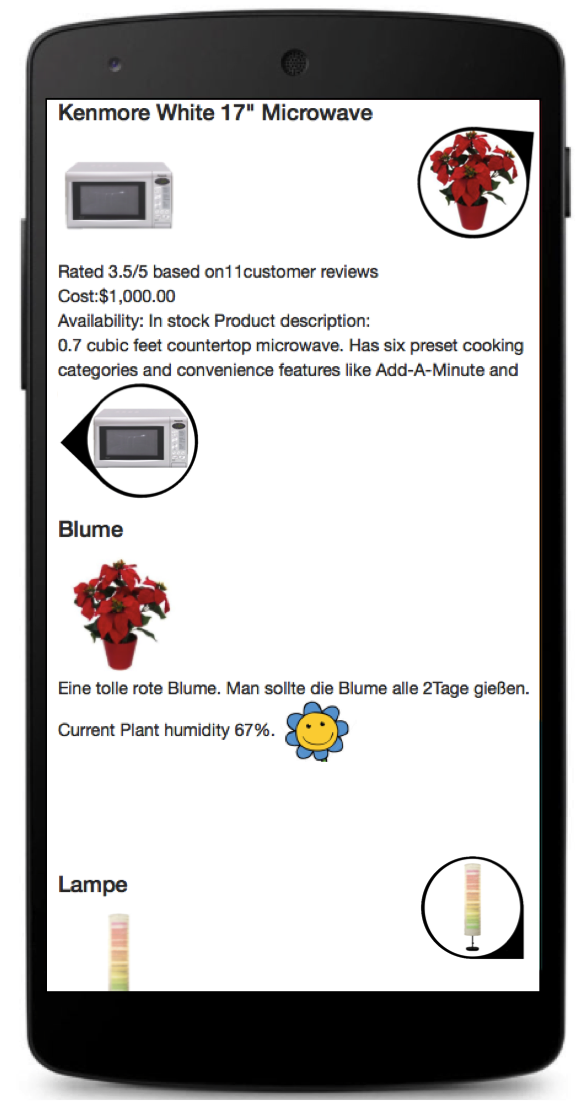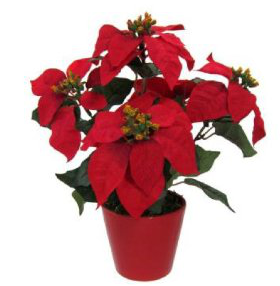Implementing RELATE-Gateways with IndianaJS
In this tutorial we will be implementing a classic spatial aware application, the RELATE-Gateways, using IndianaJS. We will discuss all important aspects here, but if you want more information on the the RELATE-Gateways check out the research paper here.
Now Let’s dig in!
First, let’s see what we are building:

Enabling spatial awareness when working with IndianaJS is quite simple and straightforward because the library takes care of most tasks:
1 EXAMPLE CODEAll you need is a website annotated with some semantic tags such as the Kitchen website and a way to present the information. In this tutorial we will create RELATE-Gateways.
<button onclick="startPinRotationDemo()">Start</button>
<button onclick="stopPinRotationDemo()">Stop</button>
<div id='pngpin' class='relate-pin'>
<img id='flowerimg' src="./img/flower.png">
<img id='flowerpin' src="./img/relate-pin.png">
</div>

var flowerPin = document.getElementById('flowerpin');
var rotationAnimation;
var i = 0;
function startPinRotationDemo() {
rotationAnimation = setInterval(function() {
flowerPin.style.webkitTransform = 'rotate(' + i + 'deg)';
i++;
//reset if we reached the full circle - actually not necessary because of the periodicity of the circle
if (i > 360) i = 0;
}, 50);
}#flowerpin{
position: absolute;
-webkit-transform-origin: 50% 50%;
-moz-transform-origin: 50% 50%;
-o-transform-origin: 50% 50%;
transform-origin: 50% 57%;
}
#flowerimg{
position: absolute;
height: 70px;
top: 20px;
left: 14px;
}Check it out and play with it on Codepen Flower Pin.
Ok, so now we know how to create our RELATE-Gateways. Next, let’s position them at the edge of the screen!
For code highlighting: https://github.com/mojombo/tpw/tree/master/css/syntax.css
IndianaJS,, RELATE-Gateways,, SVG,, Spatial, and Awareness
% include footer.html %}
Authors and Contributors
Many Thanks to Jack Unseld (@junseld) and Till Riedel (@riedel)